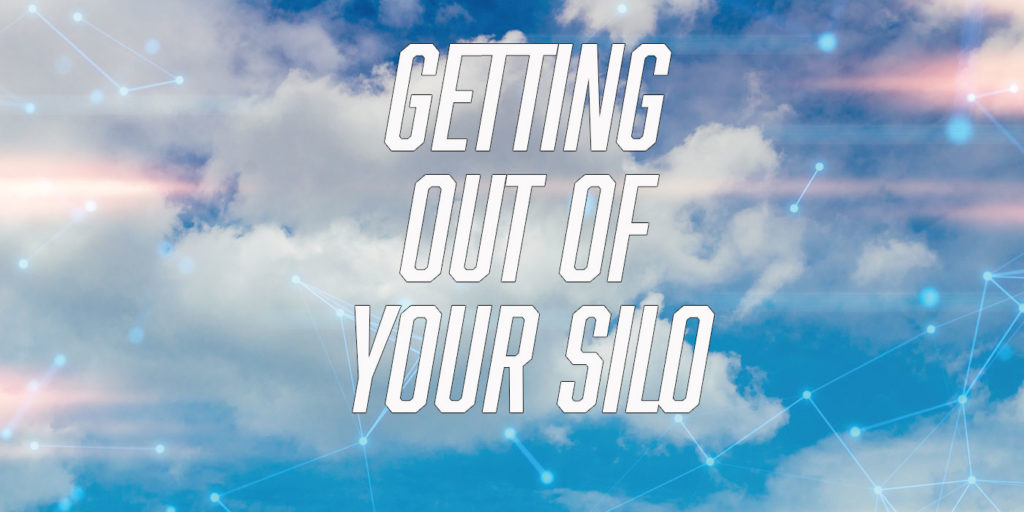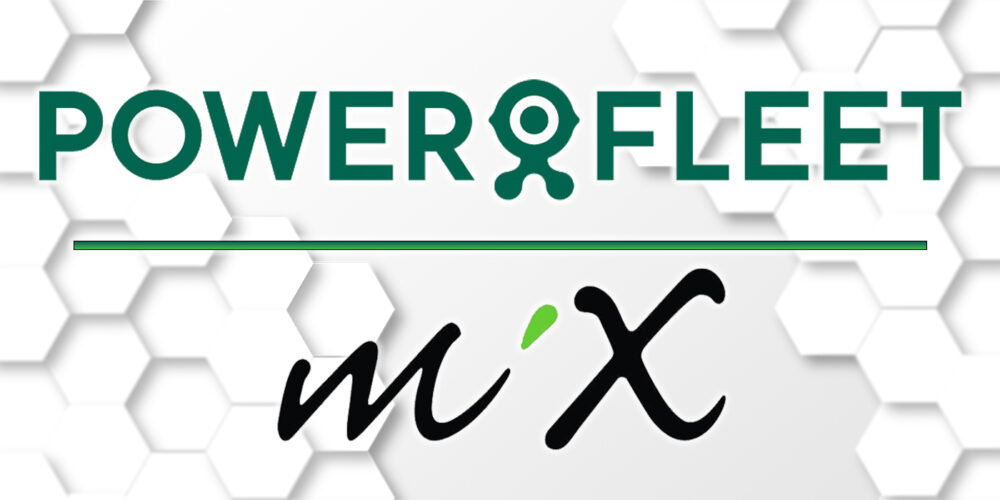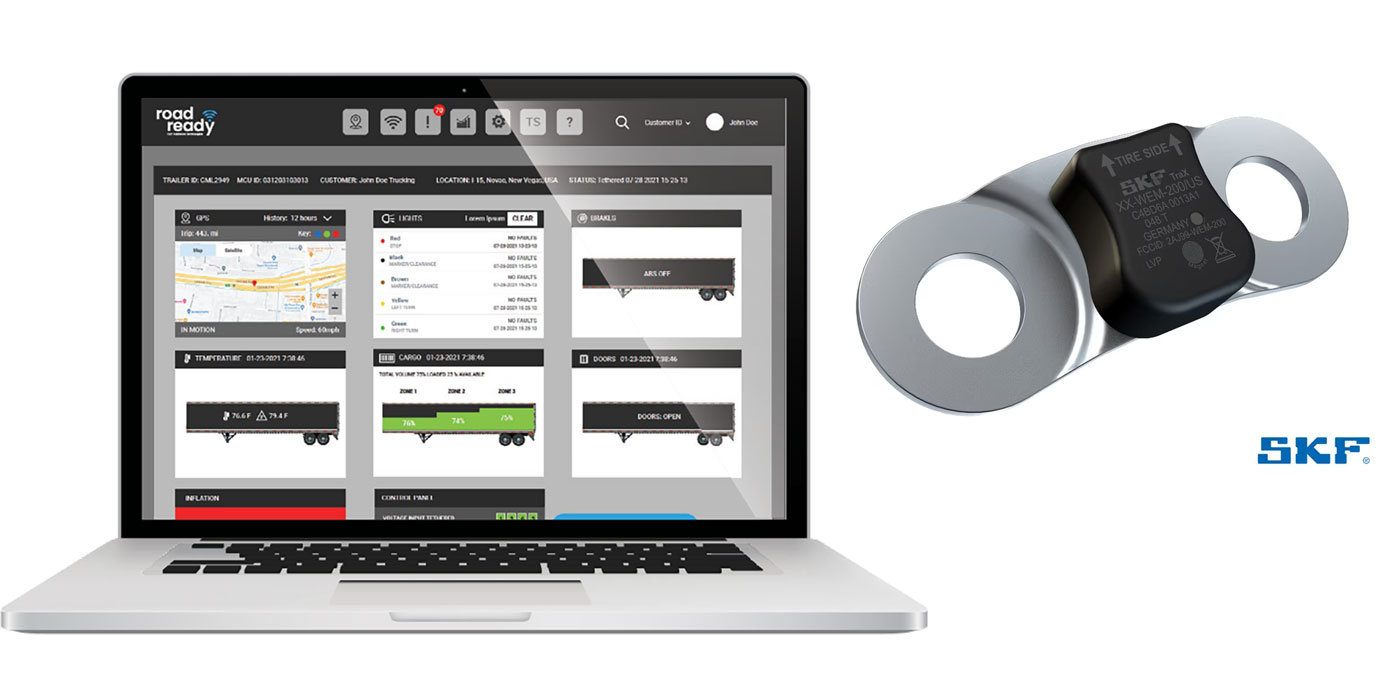If we’re being honest, the most difficult thing about truck technology isn’t spec’ing it—it’s actually using it. You’ve got data in spreadsheets, repair orders, emails—heck, even faxes in some cases. It’s hard to see how your engine repair costs,—say, replacing alternators—impact your engine’s operational efficiency and total cost of ownership. On top of that, if your technicians and service managers aren’t using the data platforms you put in place and looking at that same data, it can feel like an uphill battle to bring everyone who impacts the productivity of your trucks onto the same page.
You aren’t alone in feeling that frustration. James Langley, senior vice president of Trimble Transportation, understands that challenge all too well.
“If you look at the digital transformation of the supply chain, there’s a ton of pressures already on all of our traditional customer base; now add that the market has been soft for a while and then a pandemic on top of that,” he said. “We’ve spent a lot of time with our customers helping them through this time, whether it be through support services and, frankly, even working through differences in bundling integrations and pricing to help them. So, our key priorities going forward are focused on helping carriers and shipper customers work better together while innovating using a microservices architecture.”
We’ve detailed those efforts as Trimble has brought Kuebix into its fold with the launch of its Community Load Match system, which facilitates collaboration between shippers and carriers to optimize how freight moves throughout the supply chain, but Langley shared that this functionality wasn’t the only reason Kuebix was acquired.
“A lot of the technologies that are moving on the scene now are providing deeper connection, visibility, integrations and a better way to solve problems and to get people in a room together to solve the problems; traditionally, we’ve done that very separately in our own silos,” he said. “We all know the world’s going to be more connected, more integrated through microservices architecture.
“In addition to connecting the shipping community to other pieces of the supply chain, we’re building upon the Kuebix platform that is already the modernized architecture that we see as the way forward as a technology stack that we want for our solutions.”
It’s similar to the technology challenges you face in your own fleet, and the best way to solve it is to take a note from Langley—get the right people in the room and get to work. Langley has done just that, bringing on Dan Clark as Trimble’s vice president of product innovation and strategy, Dan Popkin as sector vice president, global supply chain at Trimble Transportation, and Elwyn McLachlan as sector vice president, transportation mobility at Trimble Transportation.
The entire Trimble Transportation team took time to talk about the technology road ahead. Here are three top takeaways.
What deeper integration means for truck telematics hardware
“We know that most of our large fleet customers operate mixed fleets; at the end of the day, regardless of what telematics system is going to be on the truck, they want a single fleet management solution that sits on top of that,” McLachlan said. “We are working with a number of players in the industry to understand how best to provide that solution, agnostic of the hardware that is on the vehicle.”
“There is, of course, the big push from OEMs to be the telematics hardware provider, but that’s been going on for 20 years,” Langley said. “Although it’s gaining traction, keep in mind that there are a lot of large fleets that feel that if the hardware doesn’t meet the specifications of what they need for their individual fleet, they will still—and I’ve been guilty of this in the past when I worked for a carrier—rip and replace to put it in whatever box they feel solves their problem. I think there’s a shift that’s given OEMs more influence on the kind of device in the cab of the truck coming off the production line, but at the same time, it has to be robust enough in order to meet that fleet’s needs, which honestly can be pretty diverse.”
On reducing software versions and moving to the cloud
“I would love to tell you that we would just upgrade someone to a cloud-native solution tomorrow and we’d all be done with it, but rip and replace is too painful,” Langley said. “We went through this transformation with TruckMate [transportation management system] a few years ago where TruckMate had customers on multiple branches and multiple versions, and the team did a phenomenal job over a two-year time span of getting those customers on a common code base. We’re going through that same process for the TMW.Suite [transportation management system] customer base, so that they’re within a certain acceptable version as much as possible. Within that version, they take advantage of embedded web services, microservices and other solutions that we build.”
Popkin stressed the point that migration should be as painless as possible.
“As we move customers up to new versions that do not require complete rip and replace, there are elements of the platform and the community that they could already take advantage of without making updates to their existing on-premise systems,” he said. “For example, participating in our Community Load Match platform. So there are some short-term quicker wins along this migration path.”
The Trimble impact of upgrades
“I am dead serious about getting people on an upgrade path. Why? Because if we get everybody on this common upgrade path, we could free up 40% of our technology resources to innovate,” Langley said. “We spend a significant portion of our resources supporting older technology and versions because we’ve always supported everything and everyone. We will continue to have that support mentality, but we’ve got to give customers a compelling reason to migrate and upgrade.”
Upgrades certainly benefit both sides even though there are learning curves for fleets.
“It’s about being agnostic, not just to stakeholders, but to all technologies, and if you don’t have an agnostic platform, it’s not going to scale and create a platform where all parties can work together,” Clark explained. “Being agnostic allows us to leverage microservices by first looking within Trimble itself to connect the different companies so that we can offer a better solution to our customers like Trimble MAPS. It is a phenomenal product. Why wouldn’t you integrate that with all of your core products? We need to take advantage of those pieces so that our customers have a great experience. The first path of integration is bringing our core products together.”














